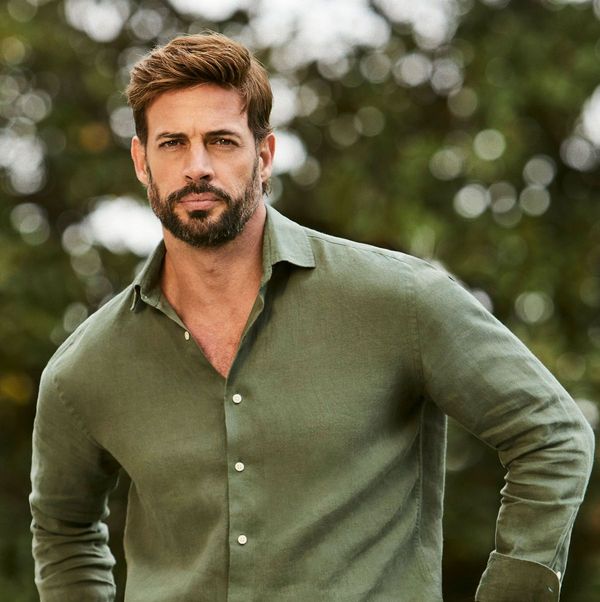
The most impressive skill of Detroit Tigers ace Tarik Skubal is not that he can throw 100 mph or that he has a nasty changeup that is about 12 mph slower or that he has two wicked breaking pitches. It’s that with that kind of stuff he can be several different pitchers—whatever is required to defuse the opponent.
Here are Skubal’s most favored pitches in his past three wins entering Tuesday’s wild-card Game 1:
He can beat you up, down, in and out, hard and soft. So, what would be the Skubal game plan against the Houston Astros, the No. 1 hitting team in the American League this year vs. fastballs (.283; does not include cutters) and last year (.279)? Yep, you got it: Go soft.
Skubal threw the highest percentage of changeups he has thrown all year (36.4%). Only once in his career did he throw more than the 32 changeups he threw Houston—and that was the 36 he threw the Tampa Bay Rays in his last start.
Deep into the season, Skubal is getting better. He is 7–0 with a 1.75 ERA in his past 10 starts. Few pitchers have better stuff. Even fewer can beat you in so many ways. If the Tigers advance, Skubal just might own this postseason.
Did we really just watch four postseason games in which a total of one home run was hit in 256 at-bats? Didn’t know it was a Deadball Tuesday promotion.
Here we go again. After home teams went 15–26 last postseason, they are off to a 1–3 start this postseason. Yes, it’s a small sample, but maybe the advantage of playing at home just isn’t what it used to be.
*Does not include 2020
The heyday of home field was the 1980s, when fields were less uniform. The Los Angeles Dodgers built a higher mound. The Tigers let their infield grass grow high to help their groundball pitchers. The Homerdome suited the Minnesota Twins, just as the carpets in Kansas City and St. Louis suited the Royals and Cardinals, respectively.
Today’s playing fields, except for outfield dimensions, are more homogenous. So is the schedule, in which everybody plays everybody. When the San Diego Padres came to Yankee Stadium for the 1998 World Series, they broke out their camcorders and walked around the yard like tourists.
It’s too soon to draw a conclusion. Home teams in 2021–22, for instance, were 47–30 (.610). But it’s worth keeping an eye on how the rest of this October plays out.
Did you happen to notice who closed out wild-card Game 1s? Three of them were not on their current team’s Opening Day roster.
Detroit: Beau Brieske. He began the year pitching for the Toledo Mud Hens. He had one save this year and three in his career. He hit 100 mph and averaged 98.3 mph on his fastball—2.4 mph above his season average.
Kansas City: Lucas Erceg. Trade deadline pickup from Oakland. He became only the ninth pitcher to close a 1–0 postseason win by pitching more than one inning.
New York: Ryne Stanek. Trade deadline pickup. He had a 6.06 ERA in 17 regular season games with the Mets.
Game 1 of the Baltimore-Kansas City series turned appropriately enough on huge at-bats in consecutive half innings by the star shortstops, Gunnar Henderson of the Orioles and Bobby Witt Jr. of the Royals.
Henderson: Fifth inning, 0–0, runners at first and third, two outs.
Cole Ragans jumped ahead of Henderson with a first pitch cutter for a called strike. Ragans sprayed two fastballs high to fall behind, 2-and-1. Challenge time. Fastball in a fastball count. Ragans threw a four-seamer over the plate and beat Henderson, who managed a foul ball to the right side.
Back in the count, Ragans went to his favorite two-strike pitch to lefties: the slider—10 mph slower than the previous heater, and the same pitch he used in the third to get Henderson to roll over on. Henderson, early, swung over it as it tumbled just below the zone. It was a brilliant piece of pitching.
Witt: Sixth inning, 0–0, runner at third base, two outs.
No offense to Vinnie Pasquantino, the hitter behind Witt, but because of a broken thumb Pasquantino did not have a competitive at-bat in 31 days. Before the game even began, the Orioles had to be fully committed to this philosophy: “Don’t let Witt beat us”—especially with two outs and a base open.
It took only one pitch for Witt to beat Baltimore. Corbin Burnes threw a cutter in the zone that hung just enough for Witt to pull a single through the left side. Ballgame.
The Orioles are carrying 12 pitchers to play no more than three games. Their wild-card series roster was exposed in the ninth inning of a 1-0 loss in Game 1.
Ryan O’Hearn began the ninth by drawing a walk from Erceg—a gift in a one-run game. O’Hearn ranks 205th in sprint speed in MLB. He has eight stolen bases in a seven-year career. Erceg knew he is no threat to run, making his job easier. Baltimore did not pinch run for O’Hearn. Forget a stolen base. What about a ball in the gap? O’Hearn takes the extra base only 29% of the time. League average is 42%.
Tying run. Ninth inning at home. And you have no burner on your bench? Every team should have one, especially in such a short series.
Padres manager Mike Shildt raised a few eyebrows when he lined up Dylan Cease to start a possible Game 3 rather than Game 1. But there should have been no controversy. Shildt did what you’re supposed to do: yYou start your best pitcher in Game 1. And for the past month and a half, Michael King has been his best pitcher.
King was so fabulous in Game 1 that he provided a blueprint for Joe Musgrove in Game 2 and, if needed, Cease in Game 3: Spin the baseball. The right-handed-heavy Atlanta lineup spent most of the game with its front hip bailing toward the third-base dugout and King’s sweepers and sliders darting away from them.
King threw 33% breaking pitches, the most in any of his career games of at least 50 pitches. The Braves swung at 17 of them and whiffed on 10 of those attempts.
This article was originally published on www.si.com as MLB Playoffs Notebook: Tarik Skubal Is a Pitching Chameleon.







